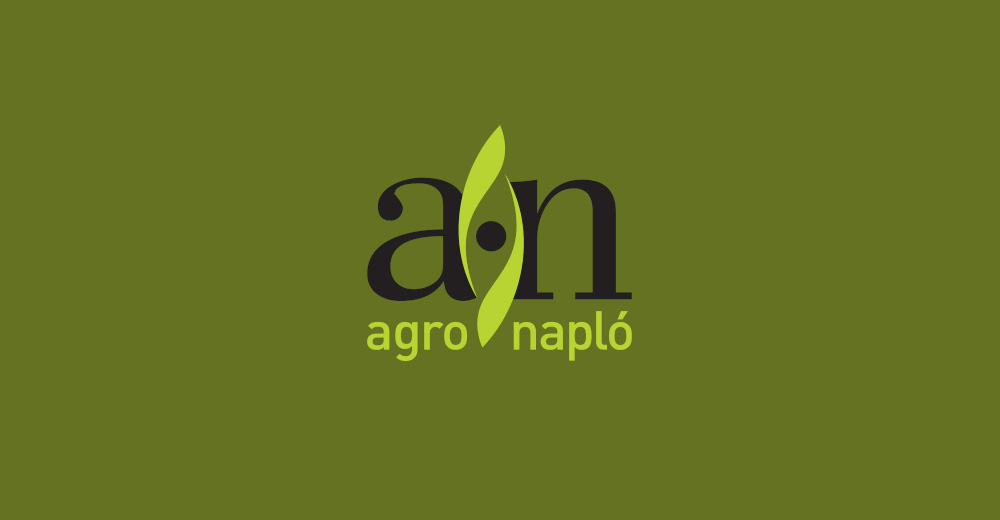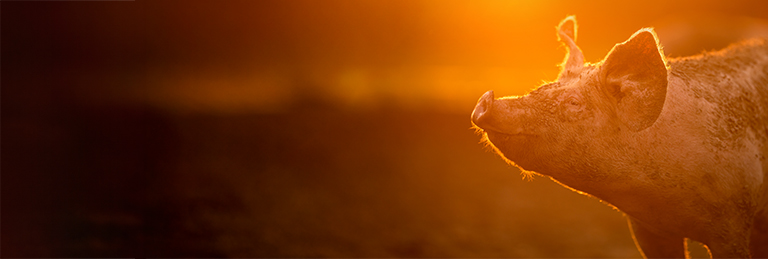The general expectations and social demands on agriculture have risen continuously, especially in the last decade. In addition to the sufficient production of high-quality food, the food production conditions are becoming increasingly relevant.
Aspects related to sustainable production, such as environmental protection and animal health/well-being, are therefore also the focus of many innovations in the area of farm inputs at EuroTier.
On livestock farms, feed and feeding are of particular importance among the farm inputs; the aforementioned considerations on the sustainability of management are consequently also reflected in this area. "Good" animal nutrition depends not least on good ration planning and consequently on a suitable feeding system. Within the given framework of the underlying supply recommendations for nutrients and energy, the appropriate and high-quality farm inputs are then decisive.
One goal that has traditionally been pursued intensively, especially in feeding, is to minimise the use and emission of environmentally relevant substances such as N (nitrogen) and P (phosphorus). For the future, it will be a matter of maintaining the already established and anchored minimisation strategies in practice and, if necessary, adapting them to new basic conditions. At the same time, however, openness to new approaches will continue to be required. In addition to classic approaches, such as optimising the amino acid composition of the ration or suitable enzyme supplements (especially phytases), ration components with a particularly high availability, for example, can make a contribution.
However, since the last decade at the latest, minimising the emission of greenhouse gases such as methane must also be considered when talking about "environmentally relevant excrement". In Germany, greenhouse gas emissions from agriculture play a much smaller role than in other sectors (according to current data from the German Federal Environmental Agency (Umweltbundesamt), approx. 7.5 % of the total CO2 equivalents produced in Germany are due to agricultural production. 3 % of this is due to methane production (primarily by ruminant animals), but agriculture, like every other sector, is called upon to develop and implement realistic approaches to minimisation.
In recent years, a new field of activity has emerged here, in which the development of secured reduction strategies also leaves more room for innovation than, for example, in the case of N and P emissions, which have been the focus of attention for a very long time. The sector will certainly have to face up to the issue of "climate-friendly farm inputs" at all levels in the coming years, and interesting and innovative optimisation approaches will already be presented at this year's EuroTier. These cover different areas and range from methane-reduced feeding to climate gas-reduced manure storage. In the field of methane-lowering additives, the first seem to be approaching practical maturity. Even if no reduction to zero can be expected through greenhouse gas reducing processes, it nevertheless seems promising to pursue this path further, to explore all reduction potentials and to combine the strategies in the same way in order to achieve the greatest possible effect on the entire farm. In order to ultimately anchor demonstrably successful procedures in practice, consideration must naturally also be given to the use of rewarding funding as soon as possible.
In addition to the aforementioned minimisation of nutrient excretions, the area of animal health or animal welfare has always been very important, be it through facilitating the implementation of general hygiene measures on the farm or also through animal feeding. Even though this area has always been on the agenda, the industry's efforts in animal feed in particular have grown steadily and will probably continue to do so. Here in particular, many innovations and suggestions can be expected at EuroTier. These can range from an optimised supply of directly health-relevant nutrients such as vitamins to the synergistic combination of different nutrients to optimised hygiene in the stable. Numerous approaches also aim to positively influence the microbiome of the animal intestines in various ways, thereby increasing the animals' overall resilience to various sources of stress. Other solutions include feeding concepts adapted to the animal's special metabolic conditions.
The use of farm inputs is always subject to change. As an overriding, general development in the feed sector, it can be expected that with a general shortage of (land) resources, the avoidance of food competition with humans will become an important driving force for innovation. This can mean, for example, that farm-produced (basic) fodder will continue to increase in importance (above and beyond the great importance it already has today in many areas, of course). The use of all forms of co-products will also continue to increase, although it can also be added here that this is already traditionally well implemented by agriculture and the resulting resources, especially in food and bioenergy production, are used sensibly and kept efficiently in the nutrient cycle. One consequence of this is that all feed and additives that facilitate the use of such feed components or make it more efficient (e.g. suitable supplementary feed) are particularly relevant.
Certainly, the developments in the energy and agricultural commodity markets caused by the Ukraine war will also be reflected in the farm input market for some time. The scarcity and price of fossil energy will influence decisions when weighing up the appropriateness of process steps. This is the case, for example, in the area of feed treatment, and reduce the attractiveness of some production processes (e.g. drying with fossil energy sources) or promote them (processes that are particularly economical here).
Even with an emerging reduction of the animal population in Germany, the demands on the farm will by no means decrease, but rather probably increase significantly, so that solutions suitable for individual farms will continue to be in demand. In all areas of farm input use, helpful innovations continue to be very welcome; EuroTier 2022 allows a comprehensive overview of the current status and invites discussion and information.
Prof. Dr. Ludwig E. Hoelzle, Environmental and Animal Hygiene, University of Hohenheim; Dirk Krowas, Head of Microbiology, Milchwirtschaftliche Lehr- und Untersuchungsanstalt Oranienburg e.V. (translation: Dairy Training and Research Institute Oranienburg e.V.); and Prof. Dr. Jürgen Hummel, Head of Ruminant Nutrition, Georg August Universität Göttingen.






